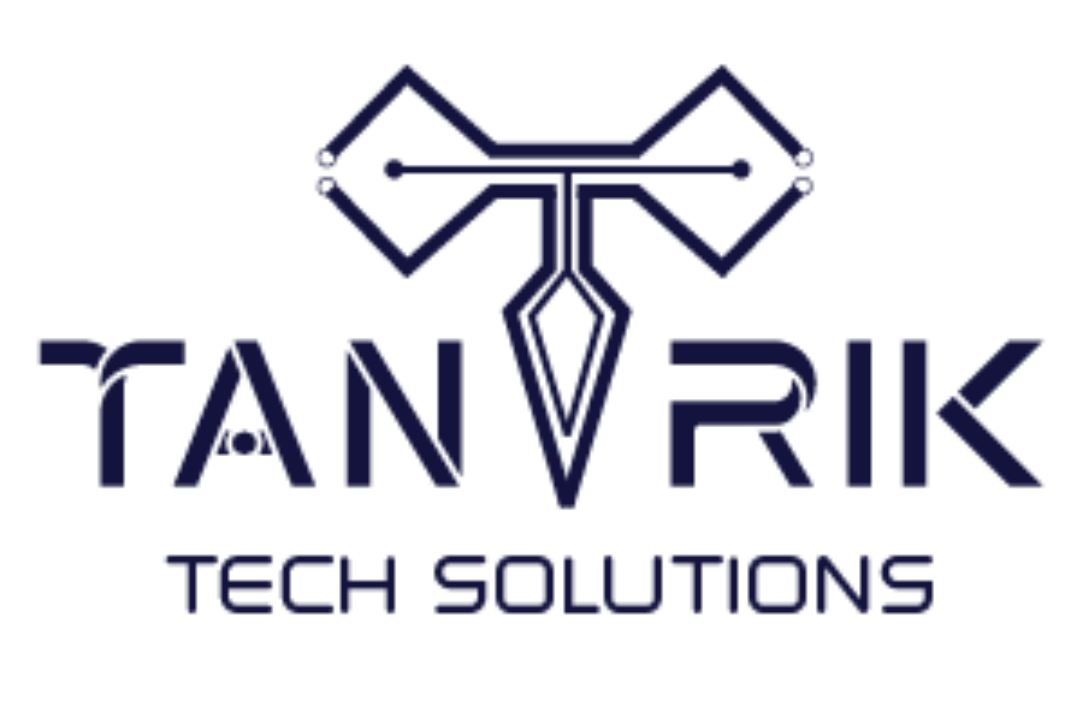As a professional automation specialist, We’ve seen firsthand how automating your sales process can save time, eliminate repetitive tasks, and help businesses close more deals. Tools like Zapier, Make, and Pabbly Connect can help you automate your sales workflows, so you can focus on what really matters: building relationships and growing your business.
In this blog, We’ll walk you through how to automate your sales process, step by step, using easy-to-use tools that require no coding knowledge. We’ll also look at a few specific examples that can make a huge difference in how you manage your leads and close deals.
What is Sales Automation?
Sales automation is the use of technology to streamline and automate sales tasks, like sending follow-up emails, managing leads, or updating your CRM. The idea is to let the software handle the repetitive work, freeing up your sales team to focus on higher-value activities like nurturing relationships and negotiating deals.
Why Automate Your Sales Process?
Here are just a few reasons why sales automation is a game-changer for businesses:
- Save Time: Automate repetitive tasks like updating your CRM, sending follow-up emails, and scheduling appointments.
- Increase Productivity: Your team can focus on building relationships and closing deals instead of handling admin tasks.
- Stay Organized: Automation tools help you track every lead and opportunity without anything slipping through the cracks.
- Respond Faster: With automation, your leads get the right information at the right time without delay.
Tools to Automate Your Sales Process
1. Zapier
Zapier allows you to connect different apps and automate workflows (known as “Zaps”). It’s perfect for sales teams because it connects your CRM to email, forms, spreadsheets, and more.
2. Make (formerly Integromat)
Make lets you create complex, multi-step automations. You can automate more intricate workflows, like triggering multiple actions based on a single event (e.g., when a lead submits a form).
3. Pabbly Connect
Pabbly Connect is a more affordable alternative that works well for small businesses. It automates between apps and handles many sales tasks with ease, such as adding new leads to your CRM and sending automated responses.
Example 1: Automating Lead Capture from Forms
Imagine you’re using a form on your website for potential clients to request a demo. Rather than manually adding each lead to your CRM and following up, you can use Zapier to automate the entire process.
Here’s how you do it:
- Create a Zap in Zapier.
- Choose your form tool, such as Google Forms or Typeform, as the trigger.
- Connect it to your CRM (like HubSpot or Salesforce) to automatically add the lead.
- Set up an automatic follow-up email in your CRM, thanking the lead for their interest and offering a time for a demo.
By automating this workflow, you save time and make sure no lead gets missed.
Example 2: Connecting HubSpot to Everything
If you’re using HubSpot as your CRM, you can integrate it with nearly everything through tools like Zapier, Make, or Pabbly. This ensures your sales data is always up-to-date and accessible.
You can connect HubSpot to:
- Google Sheets: Automatically log sales activities or updates into a shared spreadsheet.
- Calendly: Automatically create and update meeting invites based on leads booking demos.
- Slack: Get notifications in Slack when a new lead is added to HubSpot.
- Trello: Add new deals to a Trello board so your team can easily track them.
This keeps your sales process running smoothly and ensures everyone stays in the loop.
Example 3: Automating Follow-Up Emails
Follow-up emails are key to closing deals, but sending them manually can be time-consuming. By using Make, you can automate your follow-up process and ensure that every lead gets timely communication.
Here’s how it works:
- Trigger an automation when a new lead is added to your CRM.
- Create a sequence of follow-up emails (for example, after 1 day, 3 days, and 7 days).
- Customize the emails to be personalized, using the lead’s name and other information from the CRM.
- Automatically send these emails at the right times without any manual work.
With follow-ups handled automatically, your sales team can focus on moving leads closer to closing the deal.
Example 4: Automating Deal Progress Updates
As your sales team moves deals through the pipeline, it’s important to keep track of their progress. Instead of manually updating your CRM, you can use Pabbly Connect to automate this process.
For example:
- When a deal moves to a new stage in your CRM, Pabbly can automatically update the deal’s status in another app, like Google Sheets or Trello.
- You can even automate internal updates, such as sending an email to your sales manager when a deal is closed.
This keeps everyone in the loop and ensures that no important updates are missed.
Example 5: Automating Lead Scoring and Assignment
Lead scoring helps you prioritize the hottest leads, but manually scoring leads can take a lot of time. With automation, you can use tools like Zapier to automatically score and assign leads to the right sales rep based on predefined criteria.
Here’s an example:
- Set up a Zap to trigger when a new lead comes in.
- Use Zapier to check certain conditions (like job title, company size, or the source of the lead).
- Based on these criteria, automatically assign a score to the lead and send it to the right sales rep.
This ensures your best leads get immediate attention without any delay.
Example 6: Automating Meeting Scheduling
One of the most time-consuming tasks for sales teams is scheduling meetings with prospects. Luckily, you can automate this using tools like Calendly and Zapier.
Here’s how:
- When a lead requests a meeting through Calendly, a new event is automatically created in your calendar.
- The lead’s details are added to your CRM, and a confirmation email is sent to the lead.
- You can also trigger follow-up tasks in your CRM, like sending reminders or adding meeting notes.
This way, you never have to worry about back-and-forth emails for scheduling meetings again.
Conclusion: Start Automating Your Sales Process Today
Sales automation is all about simplifying your workflows, reducing manual work, and focusing on what truly matters—building relationships and closing deals. Whether it’s capturing leads, sending follow-up emails, or updating your CRM, tools like Zapier, Make, and Pabbly Connect make the process easy and efficient.
By automating your sales process, you can:
- Spend more time on high-value tasks like relationship building.
- Ensure faster response times for leads.
- Stay organized and prevent any leads from falling through the cracks.
If you’re ready to start automating your sales process, don’t hesitate to reach out! I’d be happy to guide you through setting up workflows that save you time and help you close more deals. You can contact us through here.




